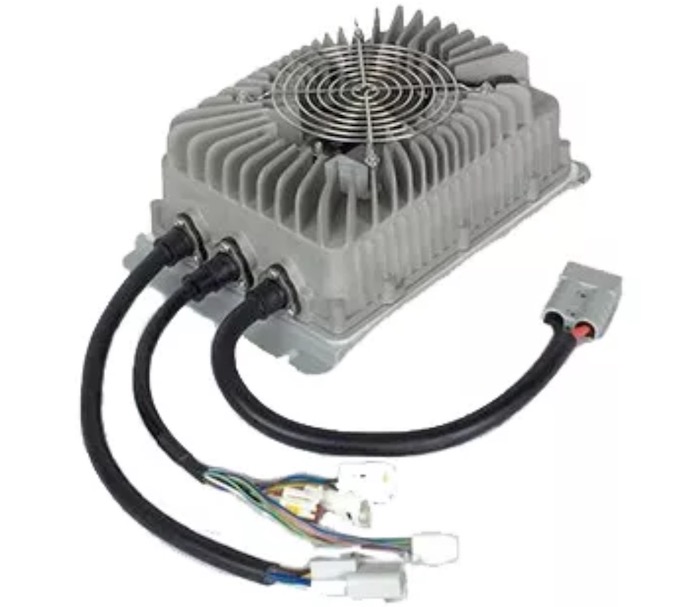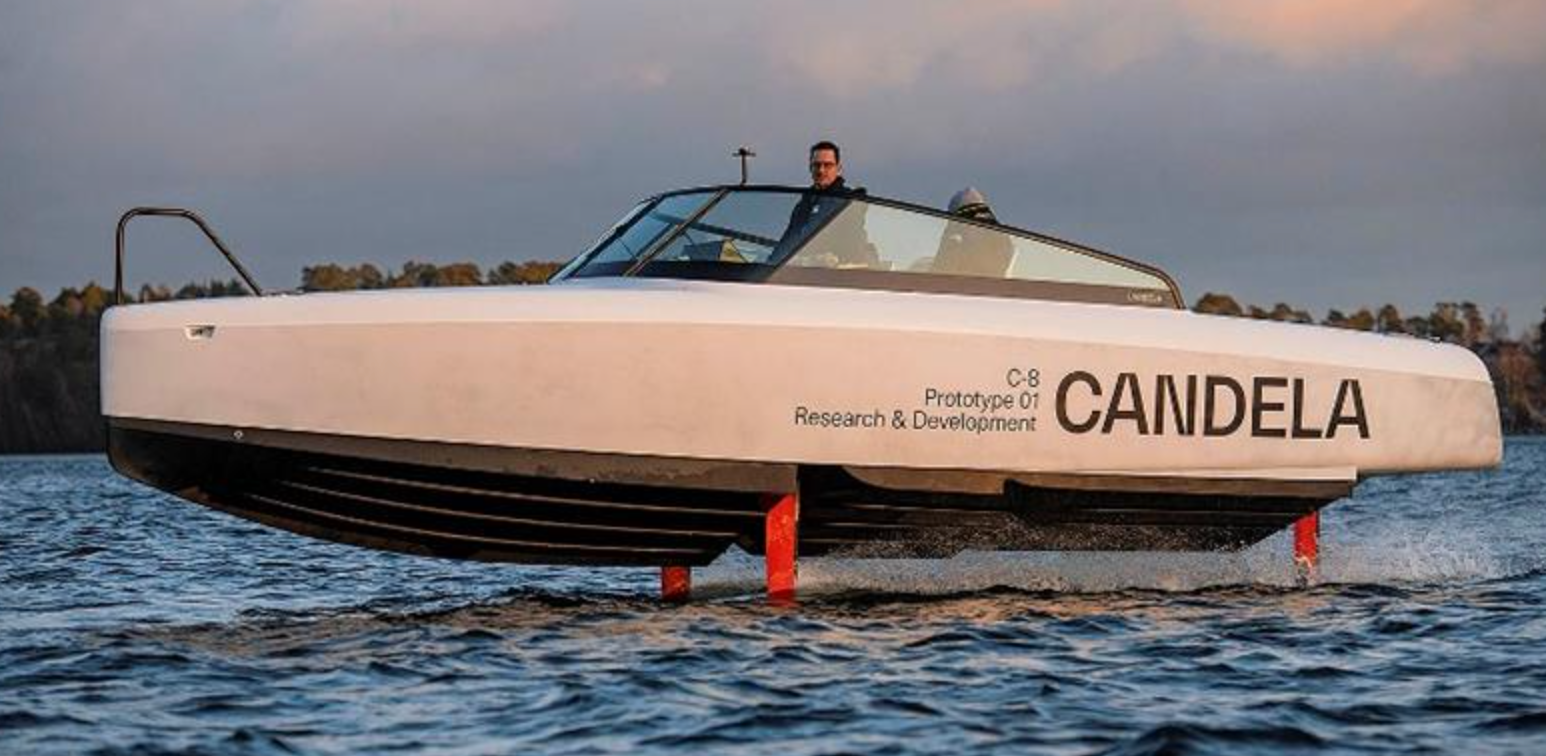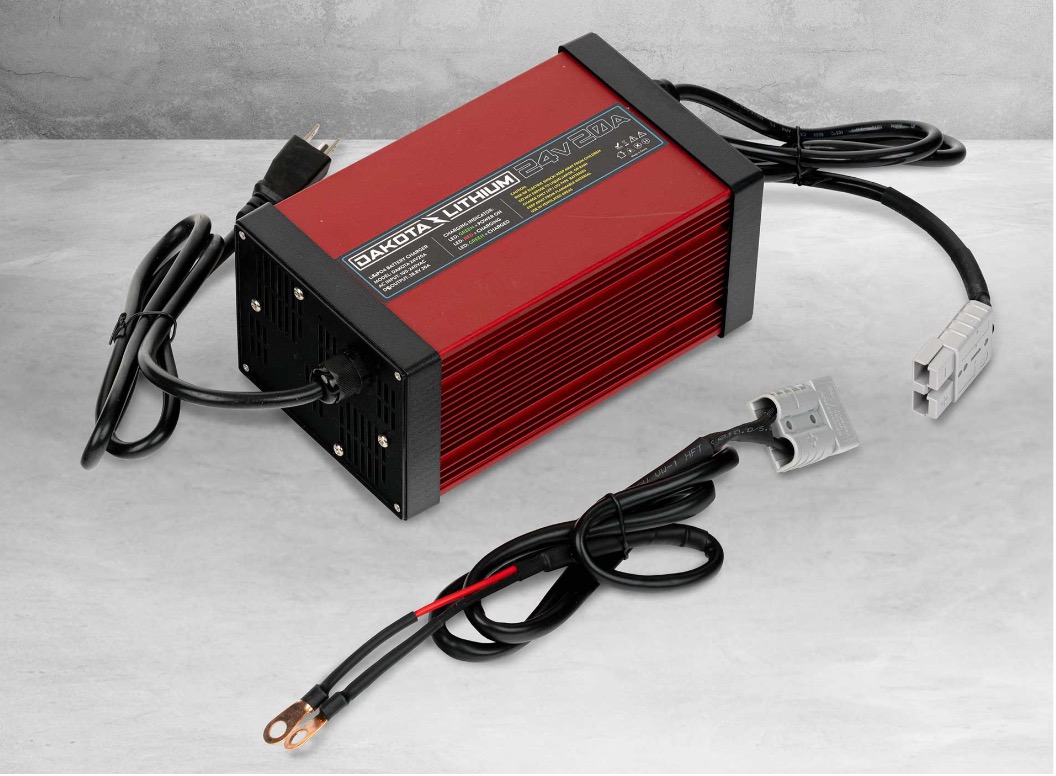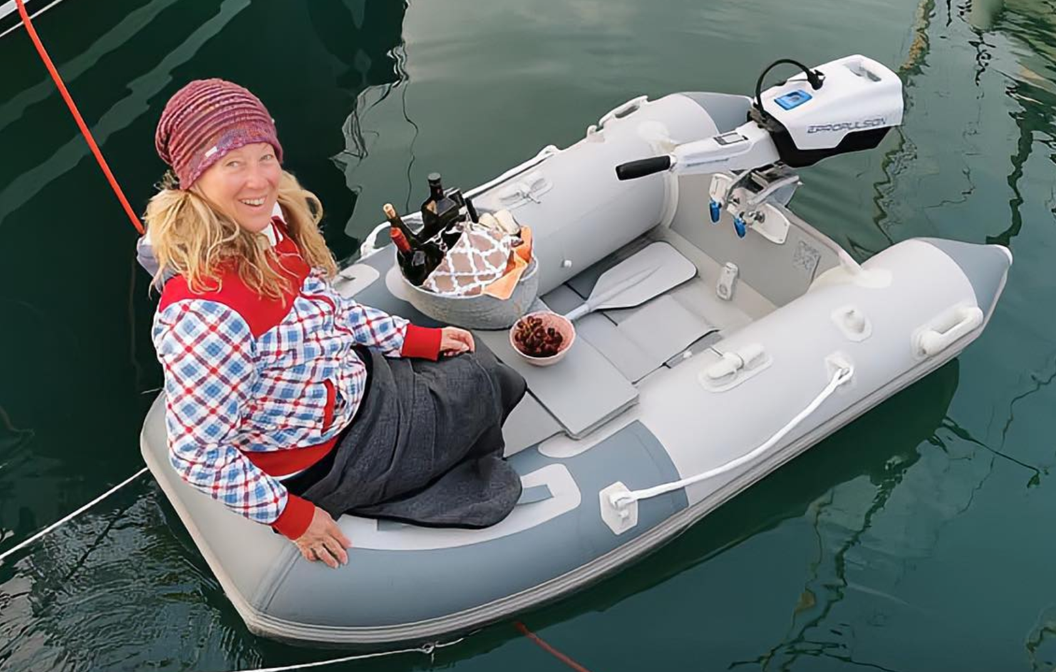Electric Boat Tutorial, Part 10: Charging Your Lithium Battery

In the final installment of our 10-part tutorial on electrically powered boats, we will discuss the basics of charging and why the charger should be made specifically for lithium battery applications.
Conventional Battery Chargers
Almost all batteries for electric boats can be charged through a standard household circuit (Level 1) and almost as many have fast-charging capabilities (Level 2). In both cases the chargers use the AC electricity coming from the general grid and the technical aspects fall in line with charging for electric vehicles.
Standard existing charging pedestals at marinas can be used to charge electric boat batteries and there are DC high-speed charging units (Level 3) being installed in marinas around the world.

The pace of installation of these high-speed units should increase in the coming years as more people start using electric boats and higher-power electric-boat motors become more popular.
The pace of installation of these high-speed units should increase in the coming years as more people start using electric boats and higher-power electric-boat motors become more popular. Needless to say, this will take a major infrastructure investment by marina owners, something that the huge conglomerate marina companies will be able to manage, but will not be so easy for ma and pa operators.
What Chargers Do. The role of the battery charger is to take power from a source, usually 115V or 220V, and convert it to 12, 24 or 48V DC, depending on the voltage of the batteries, and charge them. The rule of thumb in the marine industry is to select a battery charger that has a capacity of about 10% of the batteries being charged. So, if it much charge a 200Ah battery a 20 amp charger is often fitted.
It is possible to charge a lithium-ion battery with a conventional charger, but it is not recommended and is fraught with problems. For example, a lead-acid battery will be fully charged at from 16.6V to 12.8V. A resting lithium-ion battery will not be fully charged until 13.3V-13.V. Because lead-acid chargers must use a lower voltage to charge batteries, they can only fill around 80% of a lithium battery. In the process, a lithium battery will be denigrated, among other problems.
Lithium-Ion Battery Chargers
The voltage from the source (115V-220V) cannot be higher than what the charger can handle, and the output voltage must be compatible with the battery. Voltage regulation by the charger is vital because lithium batteries are sensitive to over-voltage. The best units employ thermal protection to keep chargers at a safe temperature. Further, it must provide Constant Current/Constant Voltage (CC/CV) management as required by the battery maker.

5x Faster. I lithium battery charger will chare the proper matched batteries five time faster than a lead-acid battery charger. Also, a lithium battery charger will charge the battery no matter what the battery’s charge is.
Most of the electric propulsion boats, and outboard motors, we have seen provide a complete system of charger, battery, inverter and motor and married together. That way the system’s engineers have made sure all components are as efficient, compatible and safe as possible.
Conclusion
This series article is intended to give you a basic understanding of batteries for electric boat propulsion. There are other things that could have been added, but the intent was to try to stay with the basics.
To stay as concise as possible, it also deals with the underlying mathematics of the battery/motor relationship without too many caveats about real life. For example, if a person has a 10kW motor and 10kWh battery it may not run full out for exactly an hour. The battery management system (BMS) won’t let the battery discharge 100%, and even if it did the motor may not be exactly 10kW and there are lots of other variables. But it will run for about an hour — the only question is how fast it will propel the boat.

If you are looking for more in-depth battery knowledge, an excellent resource is the Battery University website. And if you would like to find out more about the electric motors available for your needs, check out the Plugboats Guides to Electric Outboards under 5kW, Electric Outboards over 5kW, Electric Inboards, Electric Saildrives and Pods and Electric Trolling Motors.